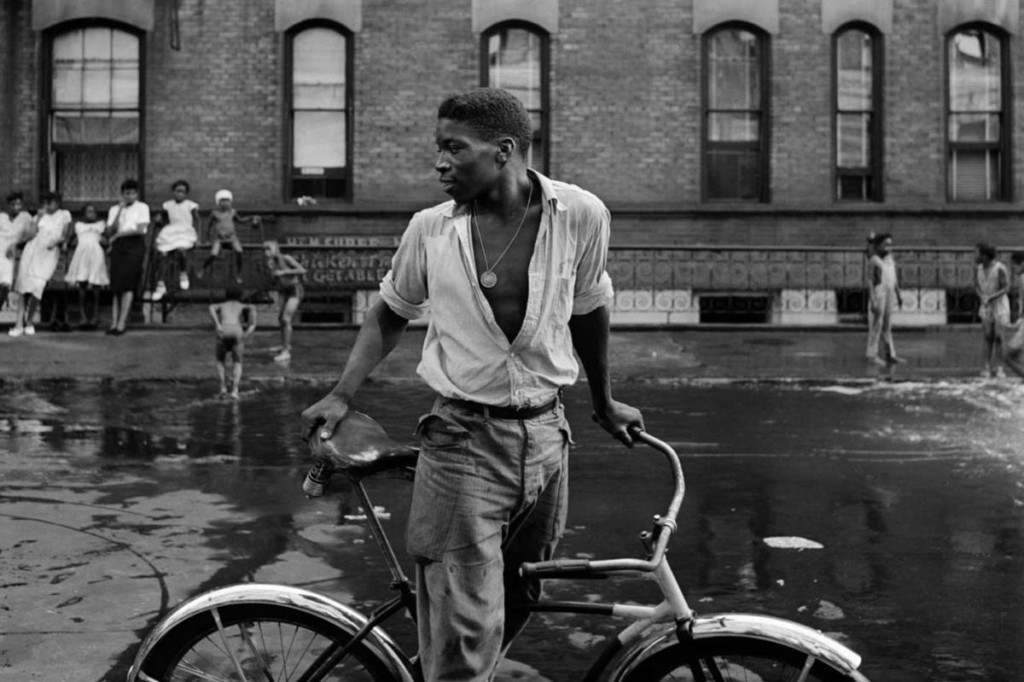Excitement About Framing Streets
Excitement About Framing Streets
Blog Article
The Buzz on Framing Streets
Table of ContentsFraming Streets Things To Know Before You BuySome Ideas on Framing Streets You Need To KnowThe Ultimate Guide To Framing StreetsGet This Report about Framing StreetsThe Greatest Guide To Framing StreetsAbout Framing Streets
, usually with the purpose of catching images at a crucial or touching minute by mindful framing and timing. https://parkbench.com/directory/framingstreets1.
As a result his boots and legs were well specified, but he is without body or head, since these remained in activity." Charles Ngre, waterseller Charles Ngre. https://codepen.io/framingstreets1/pen/NWJrZWo was the first digital photographer to achieve the technological elegance called for to sign up people in activity on the road in Paris in 1851. Professional Photographer John Thomson, a Scotsman collaborating with journalist and social lobbyist Adolphe Smith, released Street Life in London in twelve regular monthly installations starting in February 1877
Framing Streets Can Be Fun For Anyone
Eugene Atget is considered as a progenitor, not since he was the very first of his kind, yet as an outcome of the popularisation in the late 1920s of his document of Parisian streets by Berenice Abbott, who was inspired to carry out a similar documentation of New York City. [] As the city developed, Atget helped to promote Parisian roads as a worthwhile topic for digital photography.

The 15-Second Trick For Framing Streets
Martin is the very first tape-recorded photographer to do so in London with a masked cam. Mass-Observation was find more a social research organisation established in 1937 which aimed to tape-record day-to-day life in Britain and to tape-record the responses of the 'man-in-the-street' to King Edward VIII's abdication in 1936 to marry divorce Wallis Simpson, and the sequence of George VI. The chief Mass-Observationists were anthropologist Tom Harrisson in Bolton and poet Charles Madge in London, and their initial report was produced as guide "May the Twelfth: Mass-Observation Day-Surveys 1937 by over two hundred observers" [] Window cleaner at Kottbusser Tor, Berlin, by Elsa Thiemann c. 1946 The post-war French Humanist Institution photographers discovered their topics on the road or in the bistro. In between 1946 and 1957 Le Groupe des XV annually displayed job of this kind. Andre Kertesz. Circus, Budapest, 19 May 1920 Road photography developed the significant content of two exhibits at the Gallery of Modern Art (Mo, MA) in New york city curated by Edward Steichen, 5 French Photographers: Brassai; Cartier-Bresson, Doisneau, Ronis, Izis in 1951 to 1952, and Post-war European Photography in 1953, which exported the idea of road digital photography internationally.

The Best Guide To Framing Streets
, after that an instructor of young youngsters, linked with Evans in 193839.'s 1958 book,, was considerable; raw and commonly out of focus, Frank's images examined mainstream digital photography of the time, "challenged all the formal policies laid down by Henri Cartier-Bresson and Pedestrian Evans" and "flew in the face of the wholesome pictorialism and heartfelt photojournalism of American publications like LIFE and Time".
Report this page